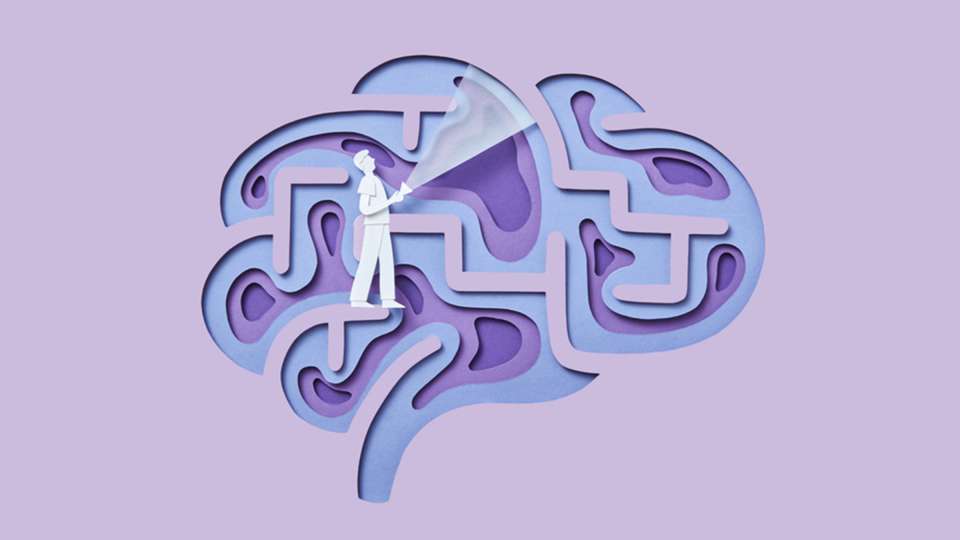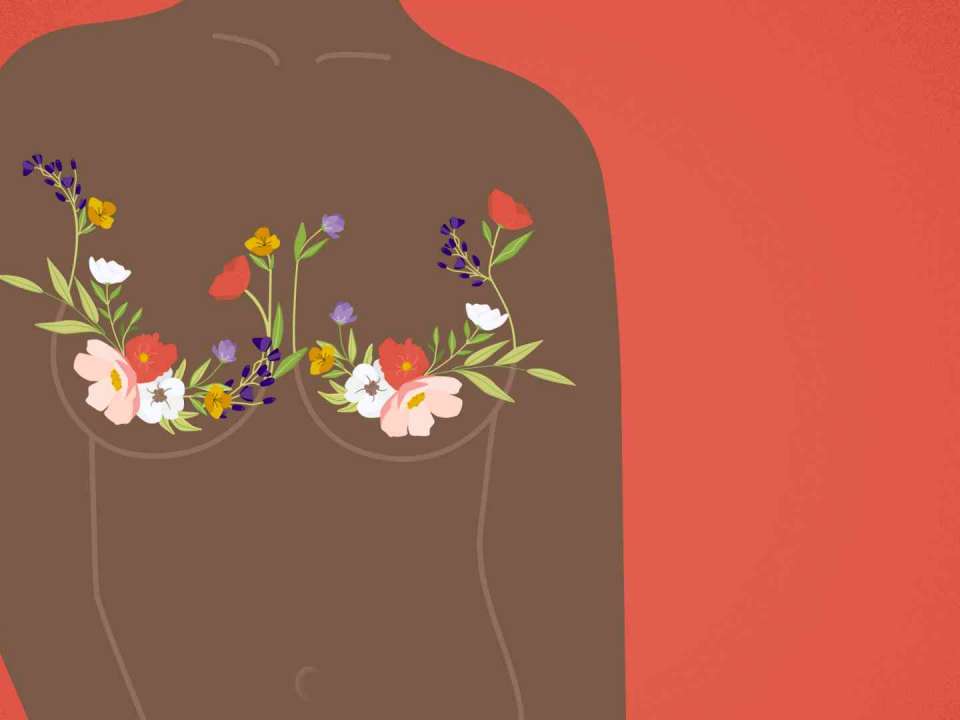
It probably comes as no surprise that stroke is a leading cause of death and disability in the United States. But did you know that stroke is becoming more common in younger adults like millennials? In fact, one in seven strokes happens in someone younger than 49, according to the Centers for Disease Control and Prevention.
This may be because several factors that put someone at risk for a stroke are also on the rise in younger adults, like high blood pressure, diabetes and recreational drug use, just to name a few.
Would you know how to recognize signs of a stroke if it happened to you or someone you love?
What are the different types of strokes?
A stroke happens when blood flow to the brain is blocked or disrupted. Strokes fall into two categories: ischemic, which involves a blood clot or other blockage, and hemorrhagic, which involves a blood vessel bursting and bleeding into the brain.
There are also transient ischemic attacks (TIAs), or mini-strokes, which resolve on their own within 24 hours and typically don’t cause long-term issues.
The symptoms of a TIA are similar to those of a regular stroke, though. If you think you’re having a TIA, or witnessing someone else have one, it’s still important to get to the hospital ASAP. Someone who has a mini-stroke is also at higher risk of having a full-blown stroke soon after.
BE FAST to act if you suspect stroke
Emergency medicine doctors have a saying when it comes to stroke treatment: “Time is brain.” It means that the more time that passes before someone gets treatment at the hospital, the more their brain will be impacted.
Acting fast is key if someone is having a stroke. A simple way to recognize stroke symptoms is to memorize the acronym BE FAST:
- Balance loss. Is there a sudden loss of coordination?
- Eye issues. Is there vision loss or double vision?
- Face drooping. Is one side of the face drooping?
- Arm weakness. Is one arm or leg weak or numb?
- Speech difficulties. Is there difficulty speaking or understanding?
- Time to call 911. Don’t drive yourself or the person to the hospital; an ambulance is faster and safer.
There are many ways doctors can treat strokes, from medications to procedures to remove clots or stop bleeding. Some people may need physical therapy after a stroke. But recovery is possible, and the sooner you act when you experience or see someone else having stroke symptoms, the more likely they’ll avoid permanent damage.

 Healthy ideas for your inbox
Healthy ideas for your inbox





